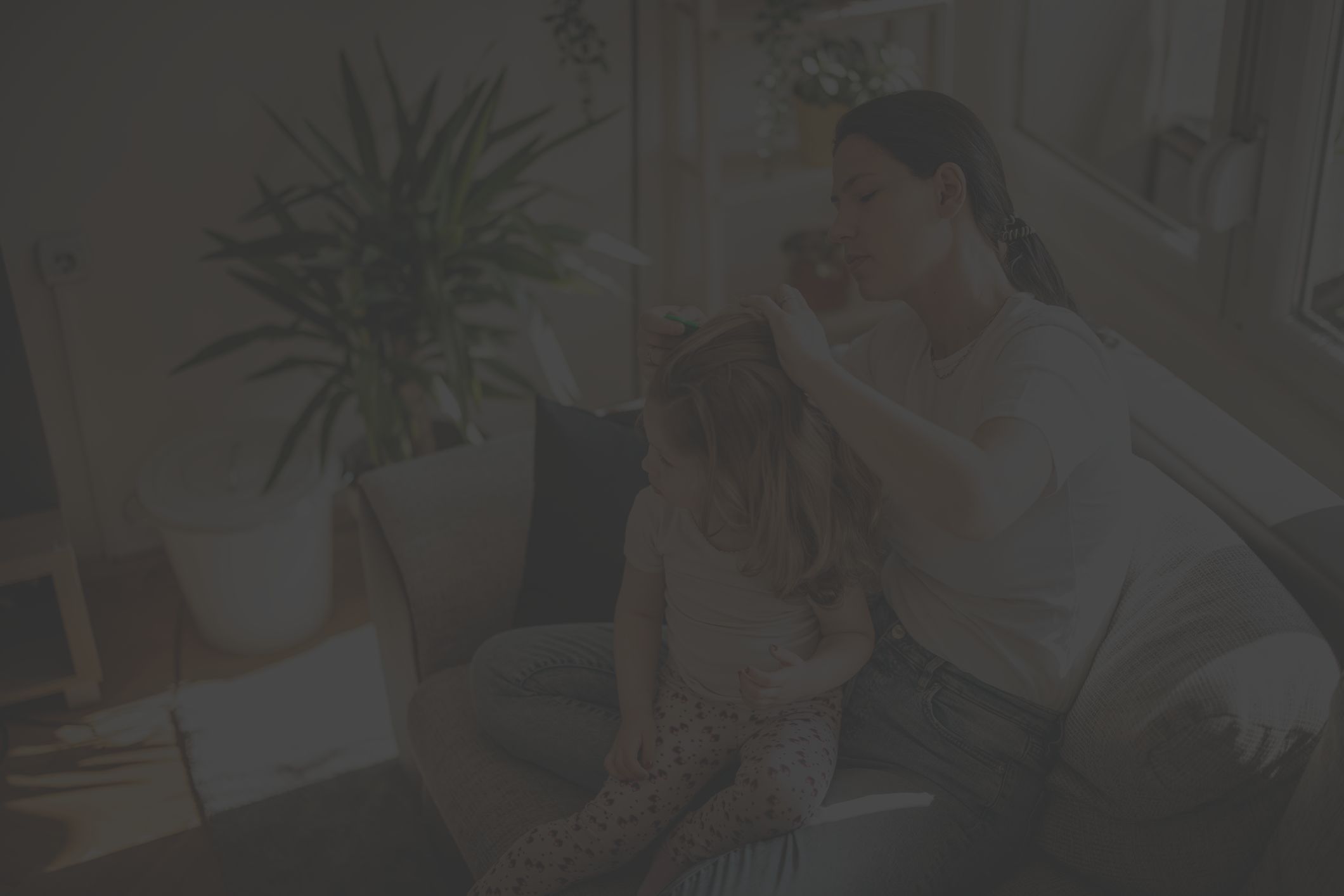Head lice: 11 myths debunked
Find out what you can do to treat—and prevent—a lice infestation.
Updated on September 15, 2022

When it comes to things that make people go “ew,” head lice are close to the top of the list. And if you have a preschool or elementary school child, you know that head lice are all too common. In fact, the Centers for Disease Control and Prevention (CDC) estimates that 6 to 12 million lice infestations occur each year in the United States among kids ages 3 to 11 years old.
But don’t panic. There’s a lot of misinformation about lice, from how they spread to how infestations are treated. Here are the facts you need to know to treat lice problems—and to prevent them in the first place.
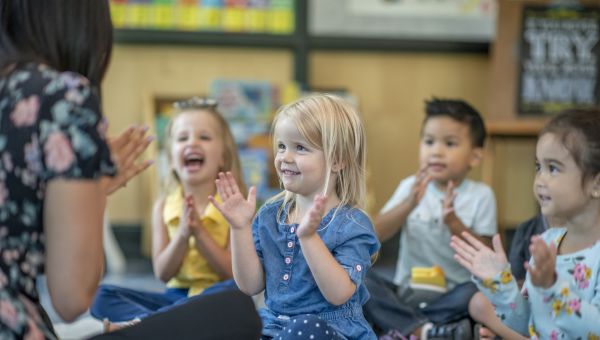
MYTH: Lice can jump from person to person
Head lice are parasitic insects that survive on blood from their host. They don’t jump or fly. Instead, they move by crawling from one host to another, with direct contact with someone who has lice. It’s common among children at school and at home, and when they’re participating in sports, social events, and other activities.
While lice can spread from items that touch hair, like hats or brushes, that type of transmission is much less common. For one, lice can’t survive very long without blood to eat or in temperatures cooler than a human scalp. It’s also harder for them to stick to slippery surfaces, such as those on headphones or plastic hair clips.
Once they find a host, lice begin breeding. Adult females lay eggs, or nits, which they cement to hair shafts near the scalp. After about a week, the nit hatches into a young louse, or nymph. One to two weeks later, the nymph becomes an adult louse.
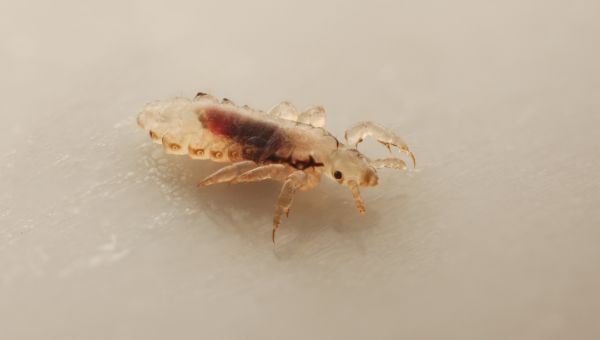
MYTH: Lice spread diseases
Head lice aren’t known to spread disease. But because they can cause itching, excessive scratching may increase the chances of developing a secondary skin infection.

MYTH: Lice are a sign of poor hygiene
People who bathe regularly are just as vulnerable to head lice as people who don’t wash often. According to the CDC, head lice can hold tightly to human hair when submerged in water, and even chlorinated pool water doesn’t kill them. A 2018 study in Parasite, meanwhile, found that head lice can survive under water for 24 hours.
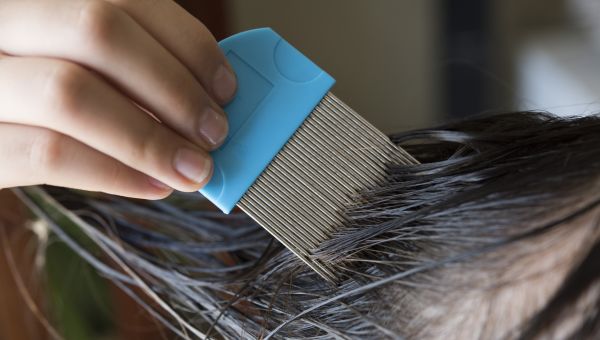
MYTH: You should use a bright light to find lice
An adult louse—a grayish-white bug about the size of a sesame seed—moves quickly to avoid light, which can make it difficult to see. That’s why healthcare providers (HCPs) sometimes use a special light called a Woods lamp (somewhat like a black light) in a darkened room to help spot the lice before they scurry away.
But you can spot signs of a lice infestation at home, too, by using a bright light to check for lice, nits, and bite marks. A magnifying glass may help. Common areas of infestation include behind the ears and at the back of the neck.
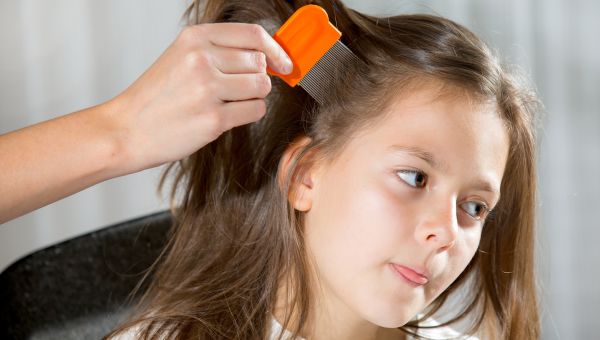
MYTH: One nit is enough to diagnose an infestation
Dandruff, hair spray, and dirt can easily be mistaken for nits. Nits are about the size of a knot in a thread, oval-shaped, and yellow-to-white in color. Nits could also be from a previous infestation.
Typically, nits that are attached to hair further than 1/4 inch from the scalp are inactive. According to the CDC, the best way to confirm an infestation is to find a live nymph (young louse) or adult louse on a person’s scalp or hair. Nits closer than 1/4 inch to the scalp may also suggest an infestation.
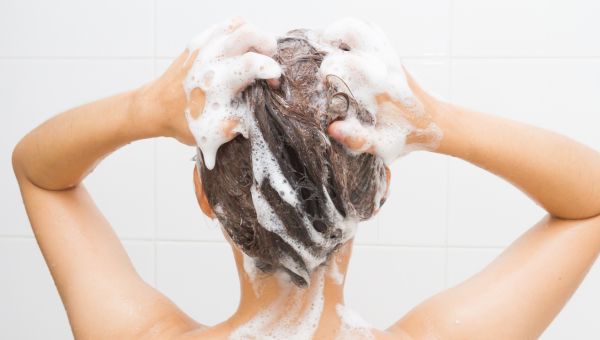
MYTH: Anti-lice shampoo is all you need to treat head lice
Anti-lice shampoos are only one step in the process to getting rid of a lice infestation. You still need to sift through the hair with a fine-tooth nit comb (usually available from drugstores), section by section, and remove by hand any nit you find. Repeating the process every two or three days can ensure nits’ removal. Keep checking for lice two to three weeks after treatment to ensure they’re totally gone.
No lice-removal products are 100 percent effective when it comes to killing the eggs, and many over-the-counter drugs will also require a second round within 7 to 10 days of the first treatment. An HCP can also write you a prescription to treat lice. If you still see crawling bugs after a round of prescription treatment, let the HCP know before starting a second course. You may be given a different medication.
Be aware that not all lice shampoos are safe for young kids. Pyrethrin medications are approved for kids aged 2 and older, permethrin is approved for use in kids two months old and up, and ivermectin—a prescription med—is approved for kids six months and up. If your child is two years old or younger, however, removing nits from the hair is the safest first-line treatment to stop a lice infestation. Your HCP can help you develop a safe treatment plan. Make sure to follow the safety instructions on any product you use.
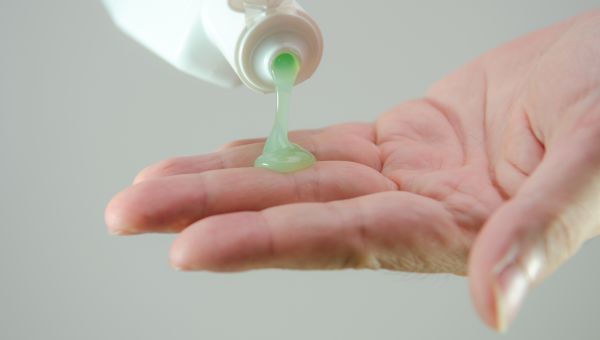
MYTH: If the medication doesn’t work, repeat as often as needed
You may need to do a follow-up treatment a week to 10 days after the first try, but never repeat treatment with the same medication more often than recommended on the packaging. In these cases, contact your HCP. (Ivermectin, a one-time treatment, should not be reused without an HCP’s okay.)
Why not retreat as much as needed? You may be using the product incorrectly, or the lice may be resistant to it. Remember also that the drugs used to treat lice are insecticides and can be dangerous if they’re misused or overused, so ask your HCP for alternatives if you are uncomfortable using harsh chemicals.
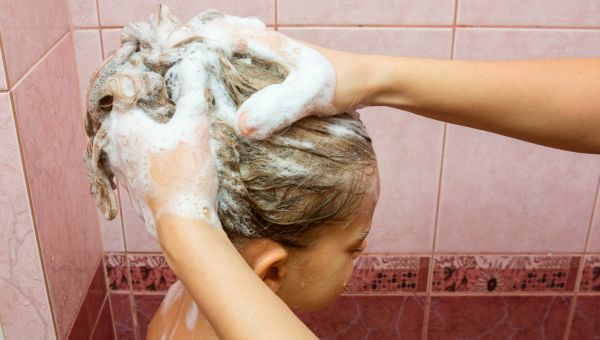
MYTH: You can wash your child's hair the day after applying lice shampoo
Washing your hair with regular shampoo too soon after treatment with anti-lice shampoo or rinse may interfere with the medication and make it less effective. The CDC recommends waiting one or two days before washing your hair after treatment. Also, be sure not to use conditioner, including shampoo-conditioner combinations, before using the lice medication. Conditioners can prevent the medication from sticking to the hair, reducing its effectiveness.
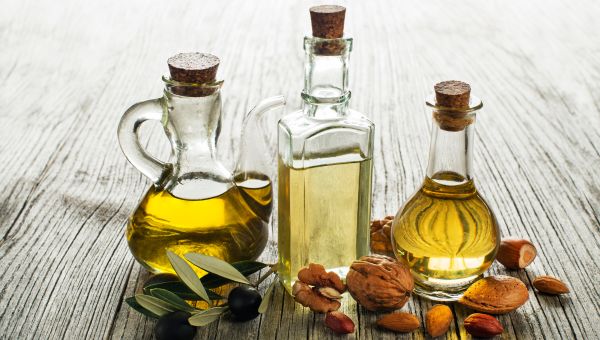
MYTH: Alternative lice treatments don't work
Some parents report good results using olive or tea tree oil. The idea is that the oil smothers lice and prevents nits from clinging to the hair shaft. Some parents have also reported success coating their child’s head with petroleum jelly or mayonnaise.
Limited research has shown that certain oils, such as anise oil, olive oil, and tea tree oil, may help to remove lice, though lice shampoos are often found to be better at eliminating them entirely over time. Some experts also raise questions about the products’ safety.
If you’re interested in trying these options, speak with an HCP first. If you get the go-ahead, wait two to three days after using lice shampoo. Soak your child’s hair completely with the oil or petroleum jelly, then cover the hair with a towel wrap or shower cap overnight. Rinse out the product with warm water and shampoo.
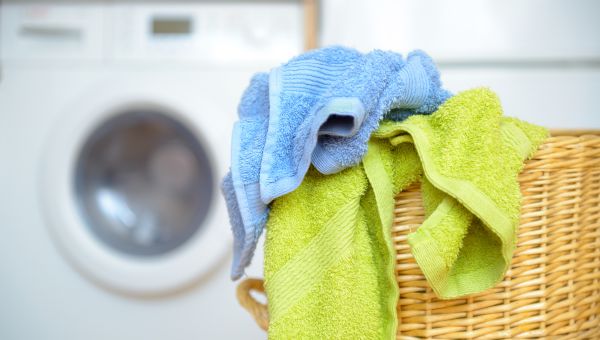
MYTH: You have to clean your home from top to bottom
You only need to clean the items that touched hair with a lice infestation in the 48 hours before starting treatment. These items may include pillows, sheets, combs, brushes, and clothing. Soak combs and brushes in 130 °F-plus water for 5 to 10 minutes. Wash bed linens and any clothes worn recently in hot water and dry them on high heat. Items that can’t be washed, such as coats, stuffed toys or sleeping bags, can be dry cleaned or placed in a sealed plastic bag for two weeks.
You can also vacuum the floor and furniture, which helps remove hairs that might have nits attached to them. Just know that the risk of getting lice from the carpet or furniture is very small. That’s because lice only live for one or two days away from the human head. Nymphs can survive for several hours and nits generally die within a week.
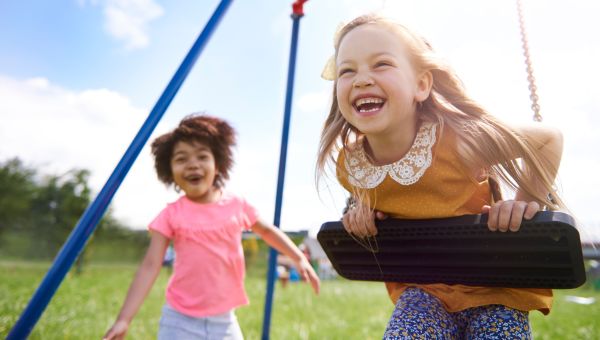
MYTH: You must remove all nits
Contrary to popular belief, dead nits aren’t contagious. Once you’ve followed the anti-lice shampoo instructions carefully and all the lice and nits are dead, your child can return to school. (Some schools have a no-nit policy, though, so you may need to do a final comb-through to get rid of the dead nits.)
Then, with a little luck, life can return to normal.

Centers for Disease Control and Prevention (CDC). Epidemiology & Risk Factors. Page last reviewed on October 15, 2019.
CDC. Frequently Asked Questions (FAQs). Page last reviewed on September 17, 2020.
Candy, K., Brun, S., et al. Do drowning and anoxia kill head lice? Parasite. 2018;25(8).
CDC. How to Examine for Head Lice. April 2021.
Al Aboud D. M., & Gossman W. Wood's Light. In: StatPearls. NCBI Bookshelf version. StatPearls Publishing: September 30, 2021.
CDC. Treatment. Page last reviewed on October 15, 2019.
Takano-Lee M., Edman J. D., et al. Home remedies to control head lice: assessment of home remedies to control the human head louse, Pediculus humanus capitis (Anoplura: Pediculidae). J Pediatr Nurs. 2004;19(6):393-8.
Cummings, C., Finlay, J. C., & MacDonald, N. E. Head lice infestations: A clinical update. Paediatrics & Child Health. 2018;23(1), e18–e24.
U.S Food and Drug Administration. Treating and Preventing Head Lice. October 27, 2020.
Di Campli E, Di Bartolomeo S, et al. Activity of tea tree oil and nerolidol alone or in combination against Pediculus capitis (head lice) and its eggs. Parasitol Res. 2012 Nov;111(5):1985-92.
Gibson County Health Department (IN). Head Lice Elimination Information. Accessed September 15, 2022.
Barker SC, Altman PM. An ex vivo, assessor blind, randomised, parallel group, comparative efficacy trial of the ovicidal activity of three pediculicides after a single application--melaleuca oil and lavender oil, eucalyptus oil and lemon tea tree oil, and a "suffocation" pediculicide. BMC Dermatol. 2011 Aug 24;11:14.
More On


video

article

slideshow


video


video
